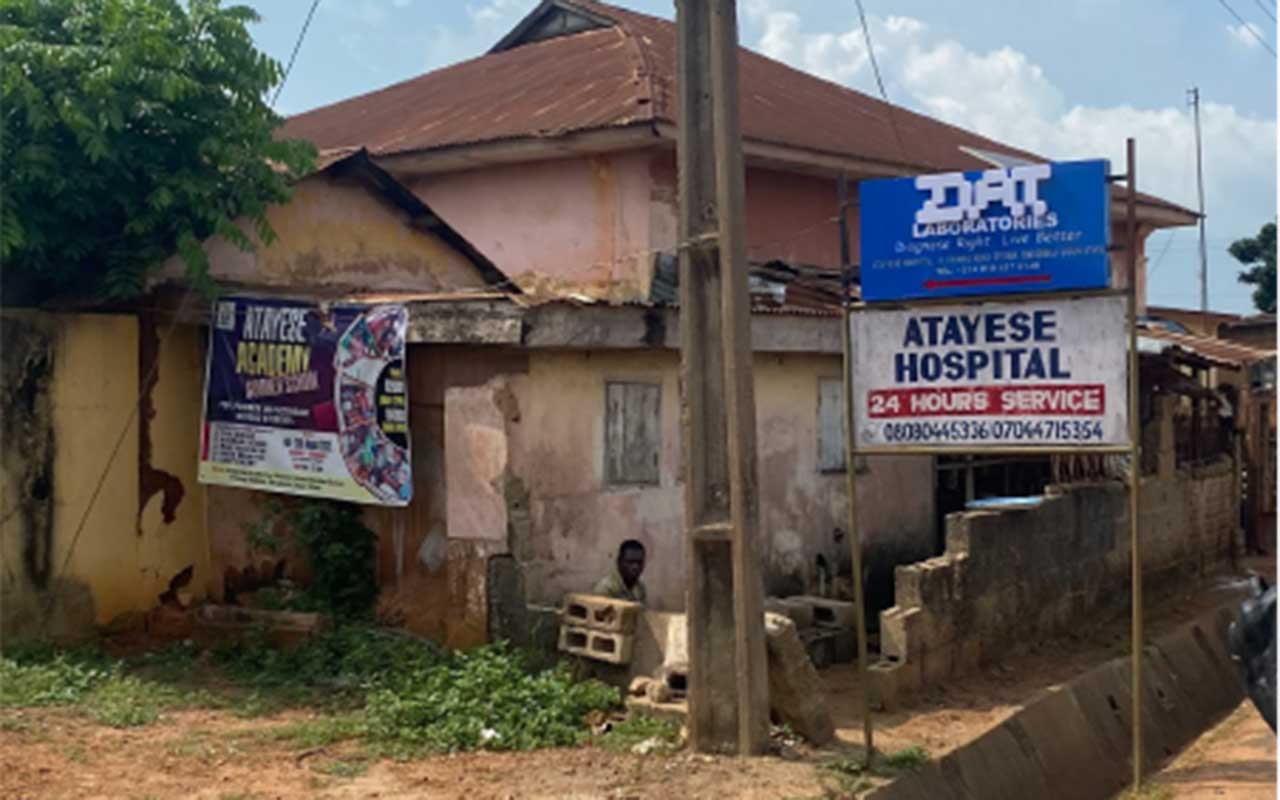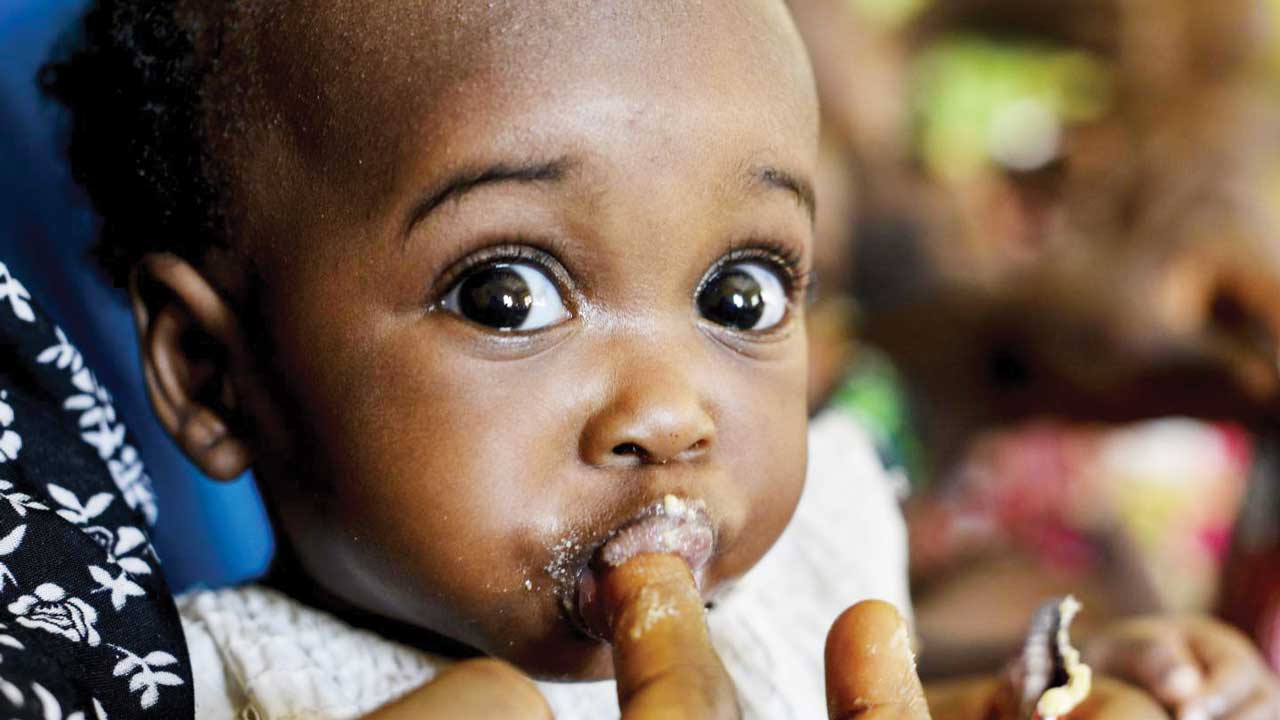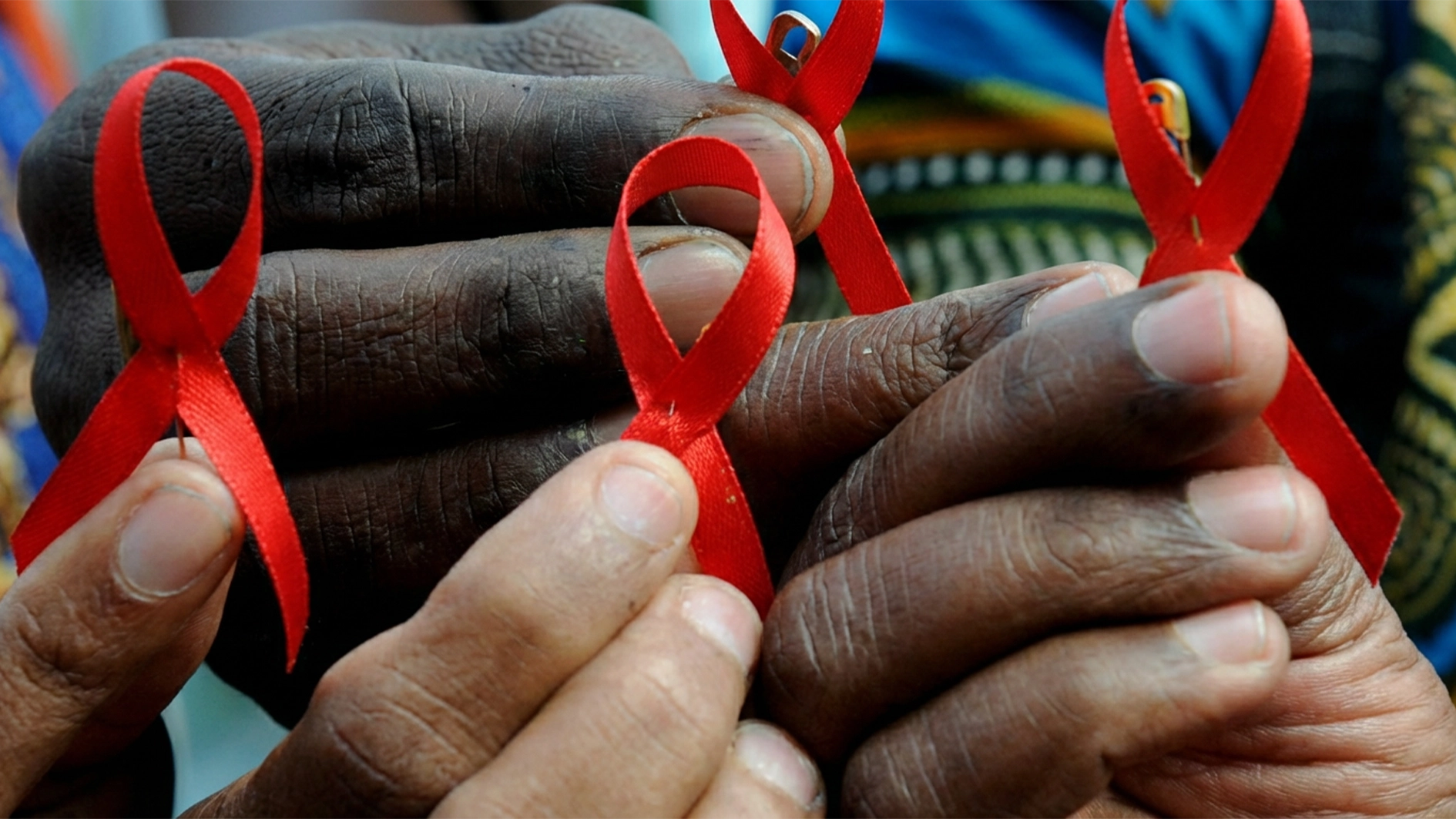An international organisation, Sightsavers, has expressed concern over the poor access to eye care services in Nigeria, revealing that only 4.4 per cent of Nigerians access such services, compared to 38 per cent in middle-income countries.
The group noted that more than 4.25 million Nigerians are blind or visually impaired due to preventable or treatable conditions such as cataracts, glaucoma, and uncorrected refractive errors. It therefore called for increased investment to strengthen eye care infrastructure, scale up service delivery, and expand coverage to improve access for all citizens.
Speaking at a meeting with media partners in Lagos, Eye Health Programme Officer at Sightsavers, Ms Barbara Marok, said poor vision leads to reduced productivity, lower income, and educational setbacks, costing Nigeria billions yearly in lost productivity.
Marok advocated for the integration of eye health services at the state and local government levels, stressing the need to promote universal access to quality, inclusive and climate-resilient eye health services that respond to community needs in Kaduna, Plateau, Sokoto, and Zamfara States.
She identified major challenges in Nigeria’s eye care system, including a shortage of human resources, poor awareness, inadequate funding, weak infrastructure, and limited implementation of national eye health policies.
“Over 4.25 million Nigerians are blind or visually impaired, many due to preventable or treatable conditions like cataracts, glaucoma, and uncorrected refractive errors,” she said.
Marok urged stronger partnerships and collaborations to make eye care services more available and affordable. She also called for increased commitment to train and equip the eye health workforce, enhance the quality of refractive error service delivery, and strengthen access to optical services at different levels of care.
In her presentation, Senior Monitoring, Evaluation, and Learning Manager for Neglected Tropical Diseases (NTDs) and Safeguarding Lead at Sightsavers Nigeria, Ms Folake Aliu, explained that NTDs are a group of 20 preventable and treatable diseases affecting about 1.65 billion people globally.
She disclosed that Nigeria is one of the most endemic countries in the world, accounting for 25 per cent of Africa’s NTD burden.
Aliu noted that Sightsavers is tackling the five most prevalent NTDs, such as lymphatic filariasis (elephantiasis), river blindness (onchocerciasis), intestinal worms (soil-transmitted helminths), schistosomiasis (bilharzia), and trachoma, affecting more than one billion people globally.
She highlighted Nigeria’s disease burden, noting that about 140 million Nigerians are affected by lymphatic filariasis, 51 million by river blindness, 18 million by trachoma, 30 million by soil-transmitted helminths, and 3.5 million by schistosomiasis.
“As of 2024, Sightsavers has delivered over 653 million NTD treatments in Nigeria, helped 84 Local Government Areas (LGAs) reach the trachoma elimination threshold, provided 80 per cent of the national support for trachoma elimination, and assisted 147 LGAs to stop mass drug administration for elephantiasis,” she said.
Aliu added that significant progress has been made toward eliminating river blindness, with mapping showing 480 LGAs across 32 states and the FCT as endemic. Two states, Plateau and Nasarawa, have eliminated transmission, while nine others, including Kebbi, Zamfara, Kaduna, Anambra, Abia, Imo, Enugu, Delta, and Gombe, have interrupted transmission.
She further stated that 18 states and the FCT have suspected interruption of transmission, with several on track for elimination by 2030.
On the fight against lymphatic filariasis, Aliu said mapping revealed that 583 LGAs were endemic. “At least one treatment round has been delivered to all endemic LGAs. As of July 2025, 485 LGAs have passed pre-transmission assessment surveys, while 379 LGAs have stopped treatment. Sightsavers contributed to 147 of those LGAs, accounting for 37 per cent of the national total,” she said.
Aliu identified key challenges facing the NTD response in Nigeria, including funding gaps, insecurity, poor government ownership, delays in diagnostic kit supply, and policy changes affecting medicine distribution.
Earlier, Country Director of Sightsavers Nigeria, Prof. Joy Shua’ibu, represented by the Project Director for NTDs, Mrs Anita Gwong, said the organisation’s interventions have positively impacted about 60 per cent of Nigeria’s population.
She said the meeting aimed to equip journalists with accurate information to help amplify advocacy against avoidable blindness and NTDs.
Shua’ibu emphasised the need to strengthen government ownership of NTD response, close funding gaps, and ensure effective policy implementation that improves access to healthcare and education for persons with disabilities.
Also speaking, Advocacy Coordinator at Sightsavers, Ms Esther Bature, said the organisation is committed to ensuring that people with disabilities have equal access to healthcare, education, and employment opportunities.
She disclosed that Sightsavers recently conducted accessibility audits of selected health facilities in Kaduna and collaborated with the IMPACT Project to incorporate accessibility adjustments into the planned renovation of 255 facilities in the state.
Bature stated that the organisation developed a training manual on disability inclusion, conducted a training of trainees for 24 OPDs and successfully stepped down the training to 1500 service providers in Kaduna.






